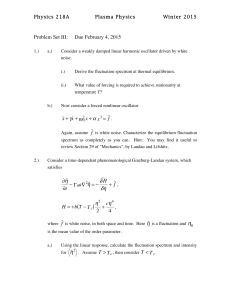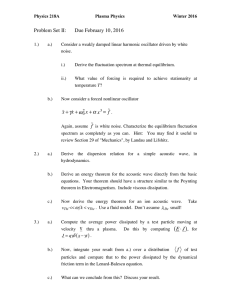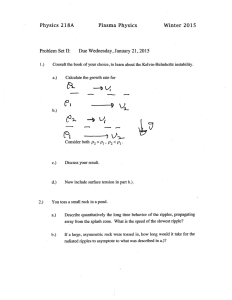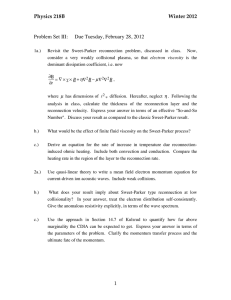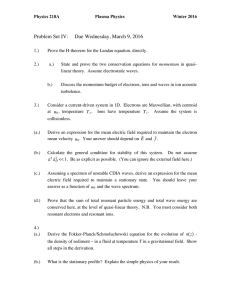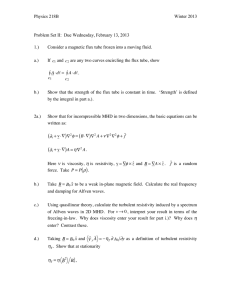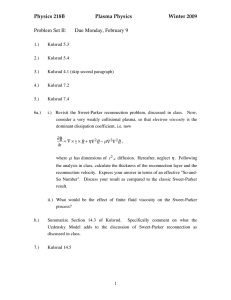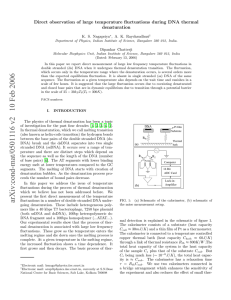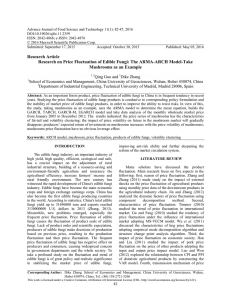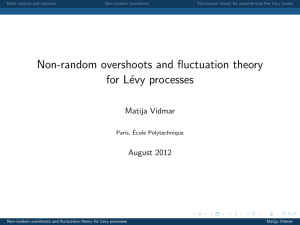Problem Set I:
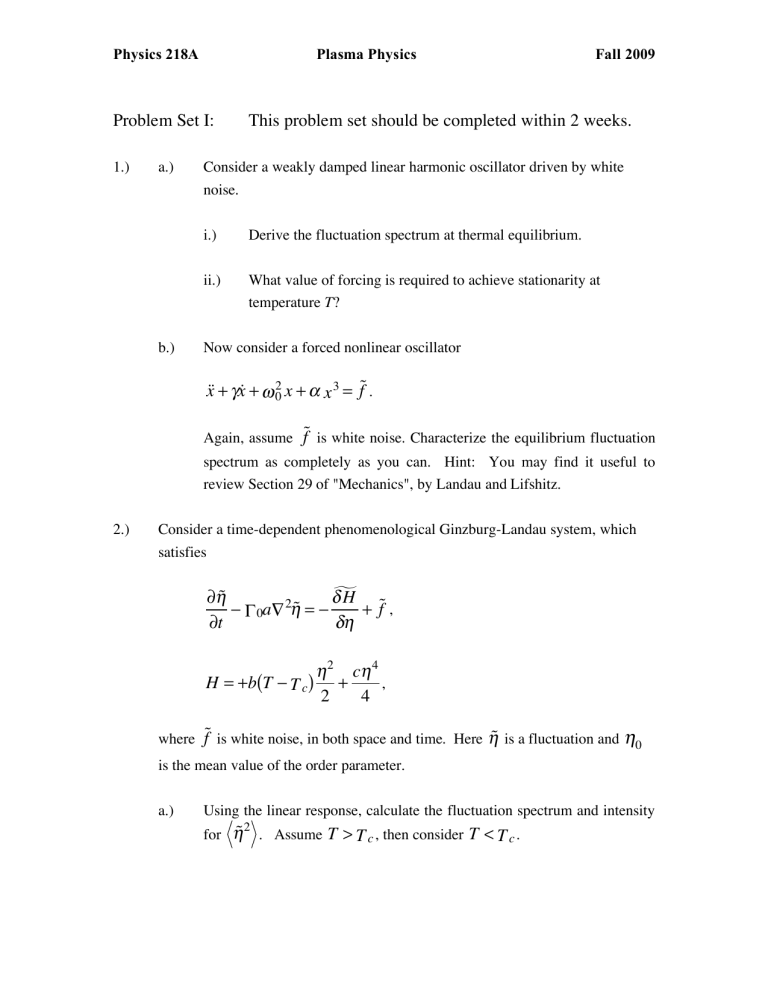
Physics 218A Plasma Physics Fall 2009
Problem Set I: This problem set should be completed within 2 weeks.
1.) a.) Consider a weakly damped linear harmonic oscillator driven by white noise. i.) Derive the fluctuation spectrum at thermal equilibrium. b.) ii.)
Now consider a forced nonlinear oscillator
˙ ˙
+
!
˙
What value of forcing is required to achieve stationarity at temperature
+
"
2
0 x
+
#
T x
?
3 = ˜
.
Again, assume
˜
is white noise. Characterize the equilibrium fluctuation spectrum as completely as you can. Hint: You may find it useful to review Section 29 of "Mechanics", by Landau and Lifshitz.
2.) Consider a time-dependent phenomenological Ginzburg-Landau system, which satisfies
!
!
!
t
# $
0 a
%
2 !
= # &
H
&"
+
f
!
,
H
= + ( !
T c
)
"
2
2
+ c
"
4
,
4 where
˜
is white noise, in both space and time. Here
˜
is a fluctuation and
!
0 is the mean value of the order parameter. a.) Using the linear response, calculate the fluctuation spectrum and intensity for
!
2
. Assume T
>
T c
, then consider T
<
T c
.
Physics 218A Plasma Physics Fall 2009
How does your result behave as: i.) ii.) k
!
0 (large scale)
T
!
T c
, from above (near criticality) b.) Estimate when your calculation in a.) breaks down. Congratulations! -
You have just re-derived the Ginzburg Criterion.
3.) a.) Derive the dispersion relation for a simple acoustic wave. b.) Derive an energy theorem for the acoustic wave. Your theorem should have a structure similar to the Poynting theorem in Electromagnetism.
4.) Kulsrud 10.1
5.) Kulsrud 10.2
6.) Kulsrud 10.3
7.) Kulsrud 10.5
